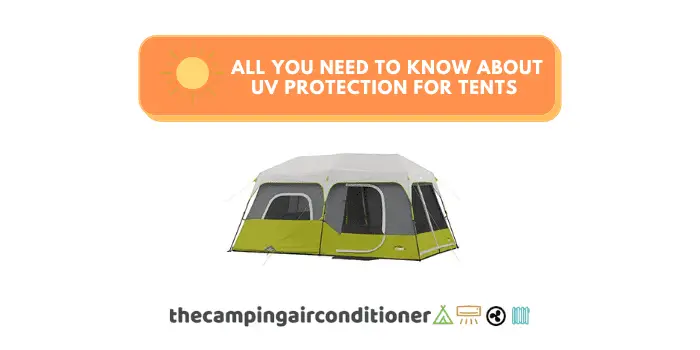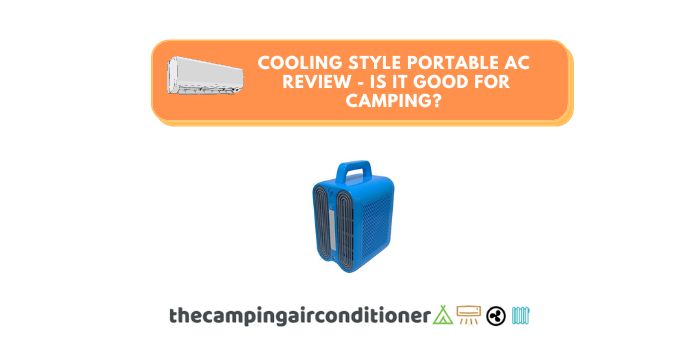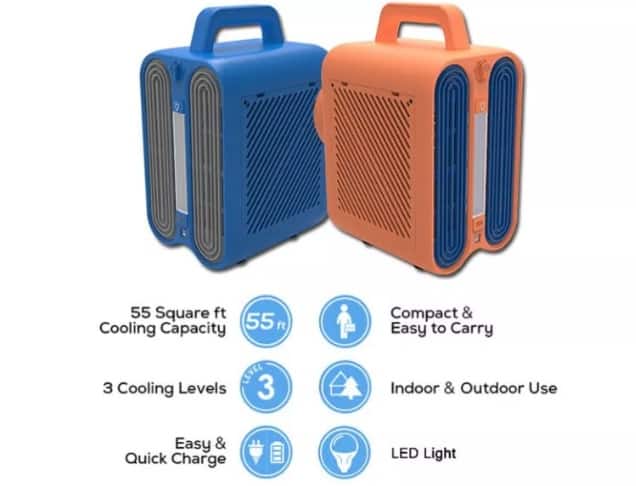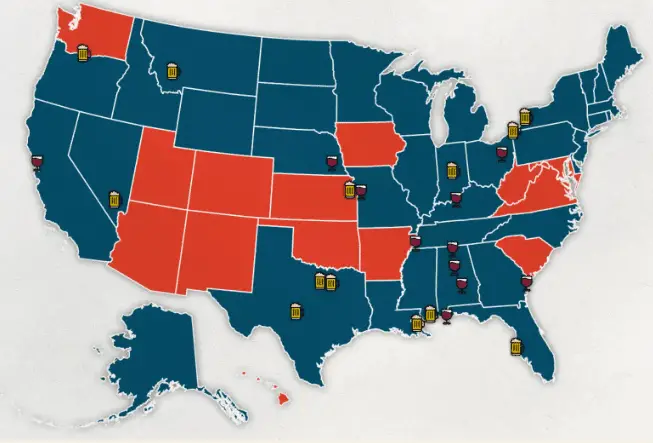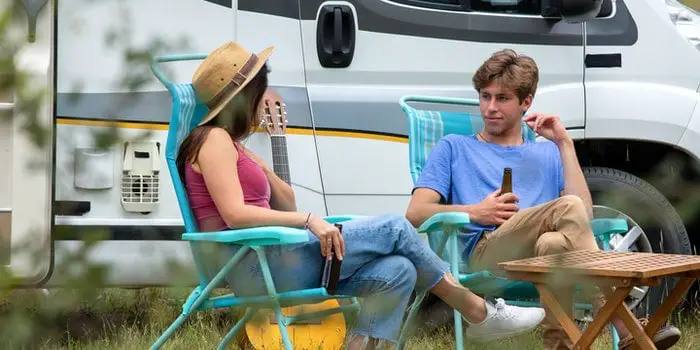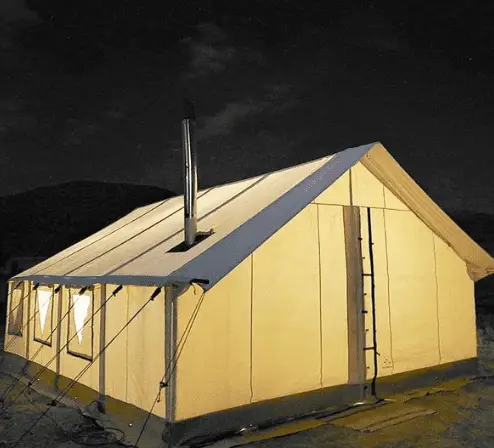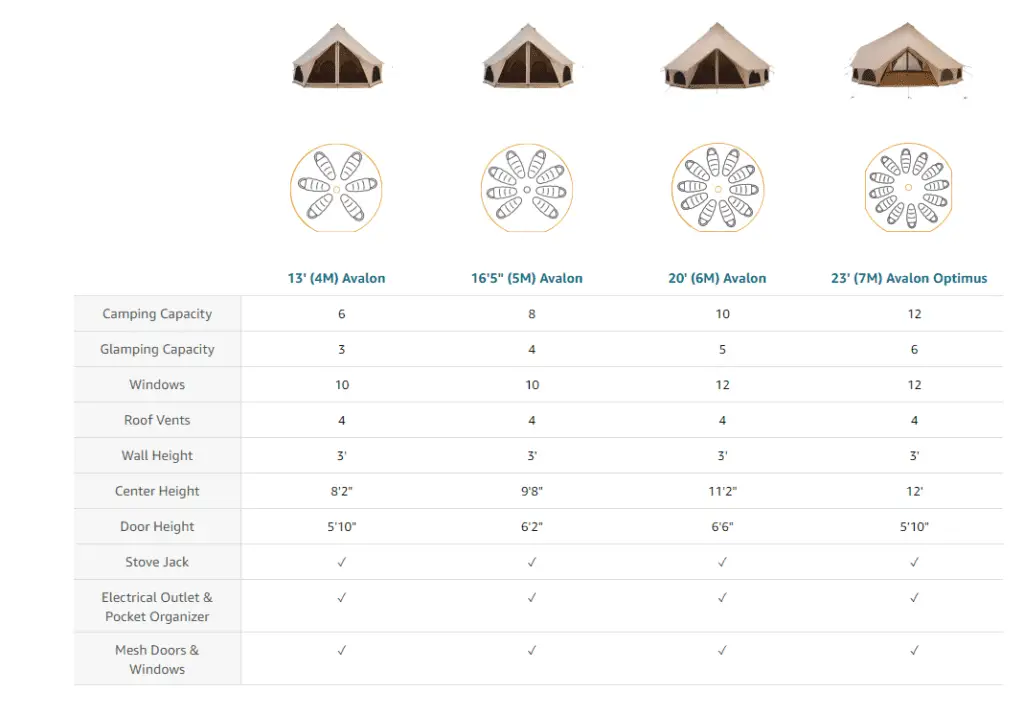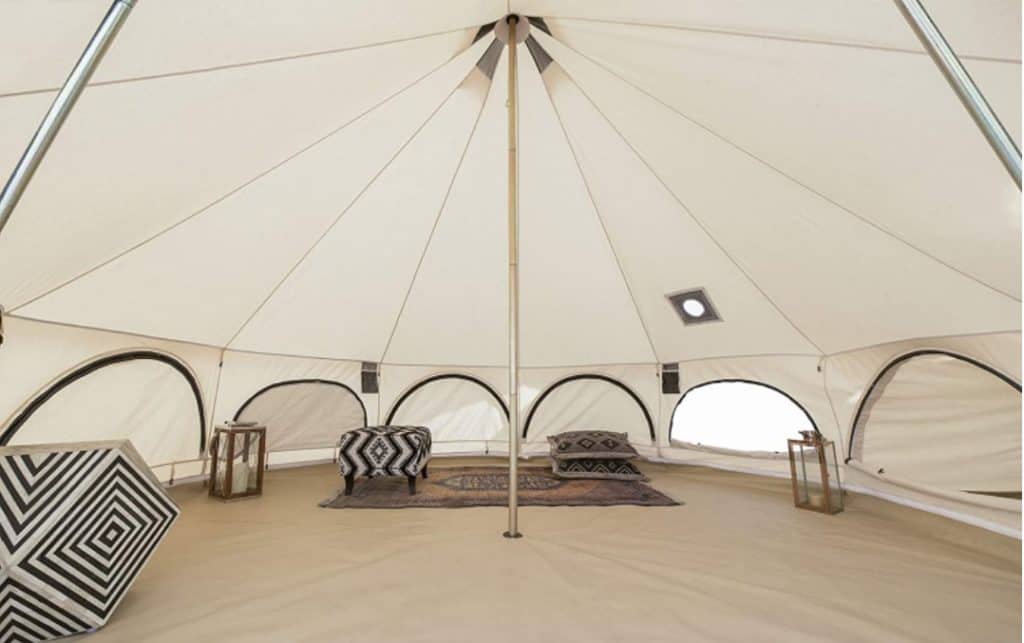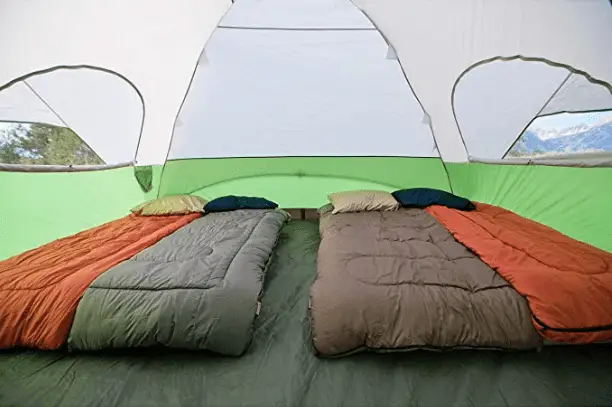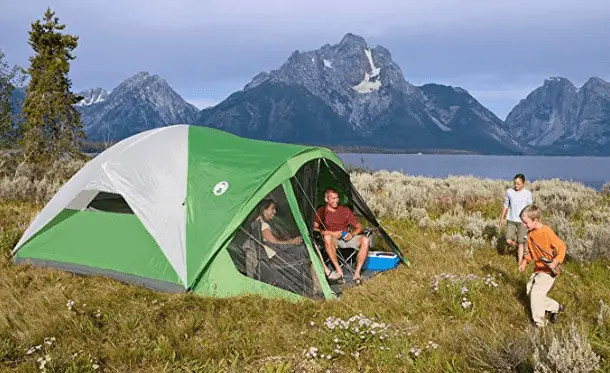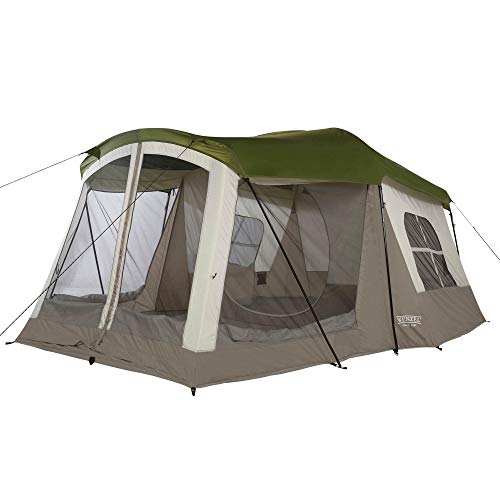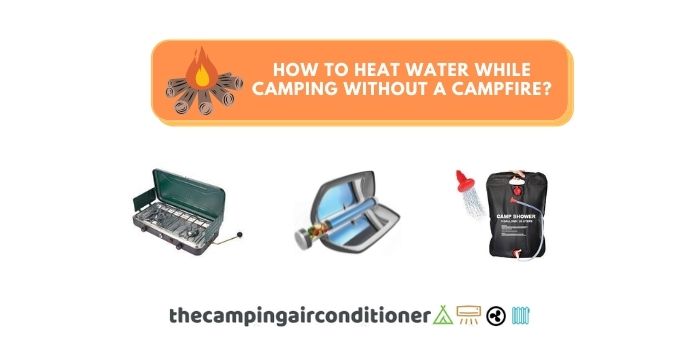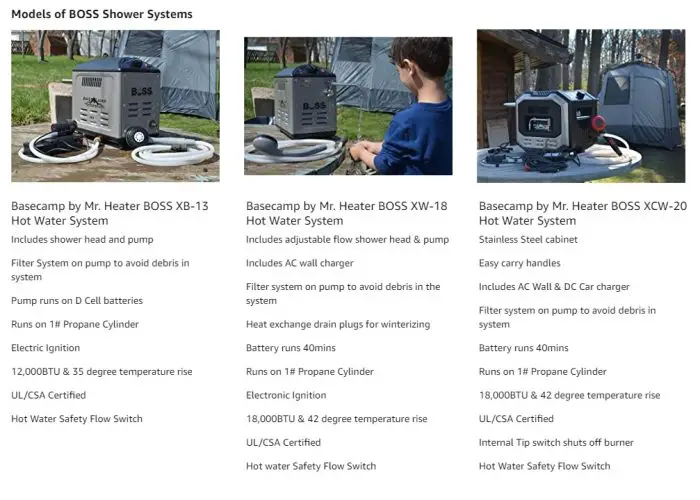How to take eggs camping? (and NOT BREAK or SPOIL them!)
Camping is an exciting way to spend quality time and get acquainted with your family, friends, or workmates. However, one of the aspects that many campers do not adequately consider is the importance of having a healthy diet when you are out in the bushes, especially if you are planning to stay for more than a couple of days and go for long hikes.
Many hikers focus too much on carbohydrate and sugar intake on their trips but forget to consider their protein needs. According to Mayo Clinic, a healthy diet should include approximately 0.8 grams of protein per kilogram of body weight, and about 10% to 35% of your calorie intake should come from protein.
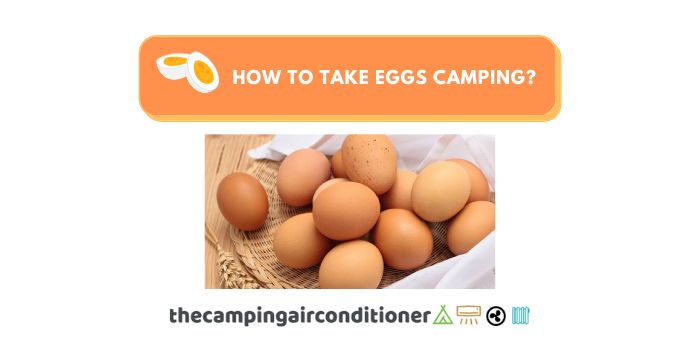
Eggs are known for being highly proteic and nutritious and are an essential part of a balanced diet. For example, boiled eggs contain approximately 13 grams of proteins, while fried eggs contain about 14 grams per 100g. They are an excellent option to meet your nutritional needs. However, how to take eggs camping?
This article will help you understand how to carry eggs and keep them fresh before your next camping trip and how to have a healthy diet. Here are the four most common alternatives campers use:
- Option #1 – Fill empty water bottles with cracked eggs – Break the egg and put the content in an empty bottle.
- Option #2 – Freezer food bags or a cooler box – storing eggs at a low temperature keeps them from rotting. Use a reclosable quart freezer bag or a ziploc bag to store eggs in an portable refrigerator or cooler box.
- Option #3 – Use a compact egg holder – small plastic holders.
- Option #4 – Bring dehydrated eggs – no special storage requirements (apart from keeping away from water/moisture).
Keep reading below for a detailed explanation of each option, as well as its pros and cons.
How to pack and carry eggs for camping? Step-by-step and pros and cons of each option
Before jumping into the explanation of each option, it is good to remind you that you can pack and take eggs camping in 4 different states (and each of them comes with some advantages and disadvantages – see table below):
- The whole egg (raw)
- Cracked egg
- Dehydrated egg
- Hard-Boiled eggs
| Egg State | Advantages | Disadvantages |
| Whole Egg (raw) |
|
|
| Cracked Egg |
|
|
| Dehydrated / Powdered Egg |
|
|
| Hard-Boiled Egg |
|
|
Option 1 - Using empty water bottles
Recommended for: Whole Eggs, Cracked Eggs, Powdered Eggs (if sealed) and Hard-boiled eggs.
You have three alternatives if you consider using empty water bottles. You can carry the eggs whole, cracked, and hard-boiled (powdered eggs only if it completely sealed).
We recommend you to take pre-cracked eggs because it is the easiest way to carry and save some space. Overall, the process is pretty simple:
- Crack the eggs and pour the content inside a recycled bottle, then tightly seal the bottle’s lid to avoid any leaks
- Store in cooler or cold water and do not let it be exposed to hot areas.
- Single bottle can carry multiple eggs
- Lightweight and easy
- Cheap
- Risks of spill
- Need of keeping eggs cool
- Eggs can spoil
Editor’s note: Pick a bottle with a wide bottleneck to avoid breaking them while putting and removing from the bottle.
Option 2 - Using Freezer food bags or a cooler box
Recommended for: Whole Eggs (raw), Cracked Eggs and Hard-boiled eggs.
If you are bringing cooler boxes or using freezer food bags, you just need to:
- Place the eggs in a cardboard holder, bottle, or bag.
- Ensure your cooler has a low temperature. If not, add ice cubes (worth checking Icybreeze V2 pro – dual-use: cooler and tent air conditioner)
- Put the eggs at the top of the cooler to avoid breaking (or with protection against impact)
- Eggs can stay fresh longer
- Can take many eggs
- Cooler box provides plenty of space
- Cooler box is not ideal for hikers
- More camping load
Option 3 - Using an egg holder
Recommended for: Whole Eggs (raw) only.
You can simply take your eggs for your next trip with plastic holders. There are plenty of options in the market (check different sizes and shapes on amazon), and make sure to choose one that is sturdy and will absorb impact.
- Protection against impact
- Different sizes and shapes (fits hikers and family camping)
- Very cheap and sturdy
- Only carry whole eggs (raw)
- Eggs can break and spill
Option 4 - Bringing Powdered / Dehydrated Eggs
Recommended for: Hiking and backpacking trips
Powdered eggs are 100% dehydrated but still, keep the nutritional benefits of this food. You can buy them in the supermarket, such as Judee/s dried eggs, or make it at home (cheaper solution – check this guide)
The benefits of dried eggs are many and include a high concentration of nutrients, longer life (if kept dry, it can last for months), less storage space, and bacteria growth inhibition (because of the lack of water), making this option ideal for backpackers and hikers.
On the other hand, some people complain about the loss of freshness and taste, as loss of certain cooking properties, such as aerating and foaming power.
- Long life span
- Lightweight
- Easy to carry
- Inhibits bacteria growth
- Pre-made products are expensive
- Takes time to prepare (if DIY)
- Loss of taste
- No additives and a low calorie protein powder.
- Gluten-free facility and shipped in a standup, resealable pouch to ensure freshness
- Ingredients: 100% Dried Egg White Powder
Important tips to take eggs camping
We have prepared some special tips to help you pack, take and cook eggs on your next trip, such as:
- Always carry and store eggs at temperatures below 40°F to keep them fresh – If you are using an ice box, add ice cubes to it to keep the temperature low and prolong the life and freshness of your eggs.
- Make sure that the eggs that you are buying are clean and uncracked. Otherwise, you are risking getting Salmonella. Salmonella is a bacteria that can be present on an eggshell and can cause intestinal infection and diarrhea.
- Make sure your egg supplier always keeps them refrigerated.
- If you are using dried eggs, always make sure to tightly seal the package after using it – its long life span can be gone if the product is in touch with water.
- Consider bringing a portable wood stove for tents or a propane stove to cook or boil the egg and prepare delicious meals.
How do you know if an egg is rotten while camping?
If you are in doubt about whether your egg is rotten or not, do the following:
- Snif the egg: This is the most obvious way of checking if an egg is rotten. A foul smell is a clear indicator not to eat the egg.
- Check the discolouration: Check for any discolouration on a cracked egg. A fresh egg should either be orange or yellow.
- Do a Float test: Do a float test with water in a bowl at room temperature. If the egg sinks, then it is okay. But if it floats, then it is not good for consumption.
How long do cracked eggs last, and how do you keep them fresh while camping?
At room temperature, pre-cracked eggs can last two days. But it is important to keep eggs in an airtight bottle or Ziploc. Also, it is necessary to keep the eggs away from direct sunlight.
Carry eggs at temperatures lower than 40°F. Coolers and freezer backs are two refrigeration alternatives to consider. If you do not have a cooler box, use ice cubes instead.
What are the other refrigeration alternatives to store eggs while camping?
Use a container filled with cold water or rice to store eggs to maintain their freshness.
You can also consider a 12-v camping fridge, such as the Bodega 12v refrigerator.
Final Thoughts
Having warm and delicious scrambled eggs in the morning while camping is great way to start your day. Nonetheless, understand how to safely pack and ggs for camping to enjoy this experience.
Remember that incorrect packing techniques can lead to food poisoning while camping. Fortunately, you can efficiently carry eggs whole, cracked, powdered, or boiled for camping after reading this article.
Use the above information to prepare and pack eggs for camping and enjoy every breakfast moment.




